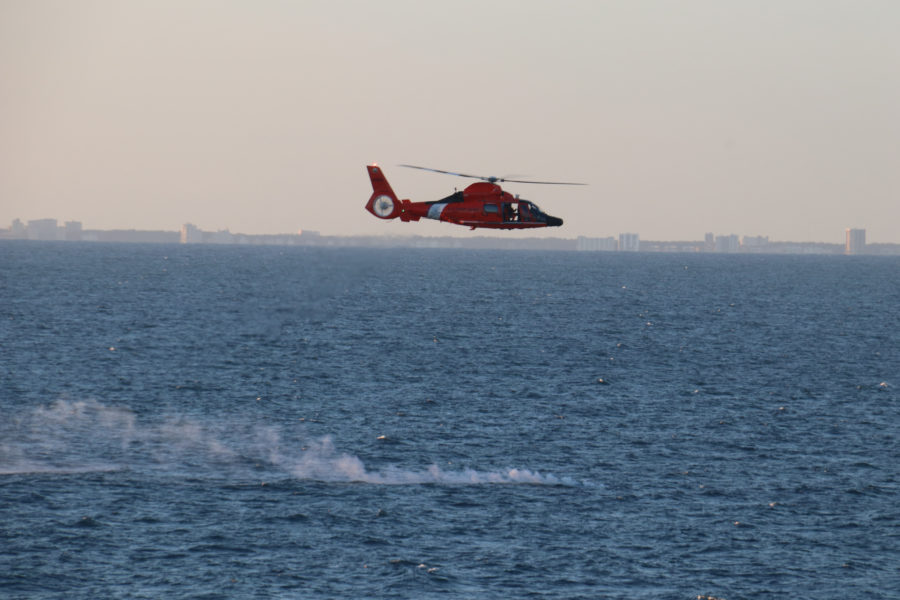After days of worry that mysterious objects shot down while flying over North America over the past week might be Chinese spycraft or even alien airships, the U.S. intelligence community indicated Feb. 14 that they may be “totally benign” commercial or research balloons.
“The intelligence community is considering as a leading explanation that these could just be balloons tied to some commercial or benign purpose,” said John Kirby, the National Security Council’s strategic communication coordinator.
In a spate of shootdowns Feb. 10-12, Air Force jets destroyed three “objects” in successive days with four AIM-9X Sidewinder missiles. One missile missed its target. The shootdowns followed the downing of a large Chinese surveillance balloon Feb. 4 off the coast of South Carolina after it had crossed the entire continental United States.
Kirby offered the fullest public explanation to date by the Biden administration about the origins of three objects, which were downed over Alaskan waters, over the Yukon, Canada, and over Lake Huron in the Great Lakes. Kirby said the U.S. does not believe the objects were connected to the Chinese government’s spy balloon program or even engaged in intelligence collection against the U.S.
“I want to caveat that we haven’t found the debris,” Kirby added. “We’re still doing the best we can with the observations that were made by the pilots, with the flight profile data that we’ve tried to collect.”
Officials said the missile that missed its target was fired by a Minnesota National Guard F-16 over Lake Huron Feb. 12.
Chairman of the Joint Chiefs of Staff Gen. Mark A. Milley, speaking at a news conference in Brussels with Secretary of Defense Lloyd J. Austin III, said that after the first Sidewinder missed, a second AIM-9 hit the object, which officials have said was flying at about 20,000 feet altitude. The miss was first reported by Fox News. Milley said the U.S. tracked the errant missile as it fell “harmlessly” into the lake and that the surrounding airspace and water had been cleared of any civilians that might have been harmed in the engagement.
While the U.S. is still investigating the objects that were downed, there seems to be a ready answer as to why so many were detected in rapid succession. Radars can be programmed to filter out data on slow-moving objects so users can concentrate on fast-flying threats. That made it harder to detect balloons moving at the speed of prevailing winds. After the North American Aerospace Defense Command (NORAD) discovered the Chinese spy balloon in late January and early February, the filters were turned off, revealing objects that in the past would have been ignored, NORAD commander Air Force Gen. Glen D. VanHerck said Feb. 12.
After the massive Chinese balloon traversed the U.S. for a week, it was finally shot down off the coast of South Carolina on Feb. 4.
Kirby said an interagency team set up by President Biden would soon determine new parameters for addressing unidentified aerial objects. U.S. defense and intelligence officials, including VanHerck, briefed the Senate Feb. 14.
After the briefing, Sen. Mark Warner (D-Va.), the chairman of the Senate Intelligence Committee, said he wanted the government to develop better procedures for dealing with unidentified airborne objects in the future.
“There is not anywhere near as formal a process as there probably should be,” Warner told reporters.
